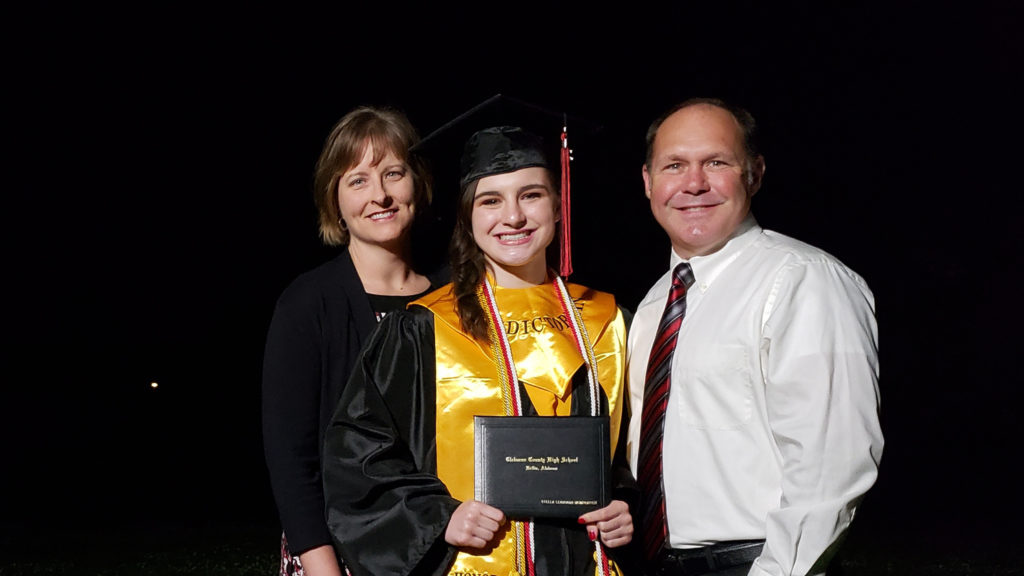Significantly fewer Alabama high school seniors filled out the federal application for student aid this year than in previous years and, even though school is out, education officials are still trying to reach graduates and boost application numbers.
“The U.S. Department of Education’s horrific rollout of the new (Free Application for Federal Student Aid) significantly impacted the number of high seniors across the country that have completed the FAFSA,” Jim Purcell, executive director of the Alabama Commission on Higher Education, told Alabama Daily News.
The new forms were announced last year.
Series of blunders
“While the new Federal application was touted as being simpler than prior versions, the delay in starting the FAFSA application process [in] January rather than October — and many students received inaccurate award letters because of serious glitches in the software that determined eligibility and award amounts — has discouraged many students.”
Besides federal loans, FAFSA is used as a base for many scholarships and other aid, so filling it out opens more possibilities to students, Purcell previously said. The Associated Press reported last month a series of blunders by the Education Department made the application process harder than ever, delaying college decisions by months and raising fears that hundreds of thousands of students will forgo college entirely.
Only 48% of this year’s public high school graduates have filled out the form as of last week, according to ACHE data.
That’s a significant decrease since the state began focusing more effort on the applications. The Alabama State Board of Education in 2021 began requiring graduating high school students to complete the FAFSA. At the time, policymakers said Alabama students were leaving more than $60 million per year in free aid on the table.
Last year and the prior year, about 59% of students completed the applications.
Impact on low-income, minority student groups
This year’s dip is greater among low-income and minority student groups, Purcell said. They’ve seen a 27% and 28% decrease, respectively, he told ADN.
Purcell encourages students who haven’t to fill out the FAFSA forms.
“There’s still opportunities both at the universities and community colleges,” he said.
“… We still have some time, that’s why we’ve been working with K-12 to give us the ability to communicate with high school seniors into summer. So, we’ll be trying to get a lot of folks to complete.”
Despite the glitches, currently only 2% of applications are incomplete, which means students are getting it done, eventually, Purcell said.
Purcell said states leading the nation in completion are those that offer significant state aid that is directly tied to FAFSA completion such as Tennessee and Louisiana. The State Higher Education Executive Officers found that Alabama provides the least amount of financial aid of southern states.
The application glitch isn’t just impacting high school seniors.
“Current college students are also having difficulty with completing their financial aid applications,” Purcell said. “Many colleges and universities are reporting that many current students have yet to secure financial aid to continue their college. Uncertainty in the financial aid process this year has made it difficult for both students and campuses as they make plans for the upcoming year.”
EDITOR’S NOTE — This story was written by Mary Sell and originally published by Alabama Daily News. It is reprinted with permission.





Share with others: